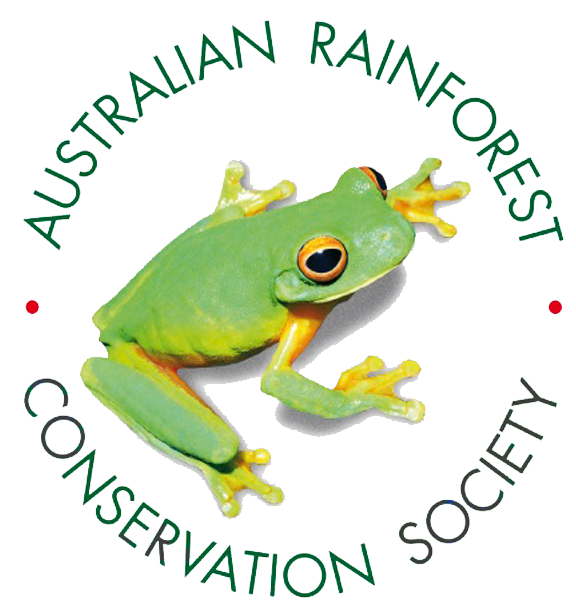 |
Why rainforests? | Who we are | What we do | Places we protect | How you can help us | News & views | Join us | Donate | Publications |
BiodiversityBiodiversity is the essence of life — the myriad plants, animals, fungi, microbes and other creatures that are part of the fragile, complex, interconnected web of life. Biodiversity is the greatest treasure we have (Thomas Eisner) The best estimate today of the number of species in all the kingdoms of life on Earth is ~8.7 million species of which 6.5 million are on the land. Half of these are in tropical rainforests. But the worrying thing is we still don’t know up to 90 per cent of them and we are destroying habitats without knowing what we are losing. Today, we are facing the 6th greatest extinction crisis since life on this Earth first evolved possibly as far back as 3.8 billion years ago — extinction rates are now up to 10,000 times expected background levels. Despite we humans having only been around for a mere 0.004 percent of the Earth’s life history, we are now changing its climate systems and undermining the life support systems we all rely on. We are the cause. We have to be the solution. See more In June 2013 IUCN launched its new Red List — the world’s most comprehensive information source, published annually, on the status of wild species. It is a wake-up call, confirming alarming prospects for the Earth’s biodiversity. Extinction is looming for — Plants are the foundation of all life on Earth. The number of known plants is estimated to be around 300,000. Of those evaluated for the Red List, over half are under threat. These are not just interesting statistics. The list is like a Barometer of Life — a clarion call for action. The statistics mean we are destroying life on Earth. And we need to remember Nature’s fate is ours! If we pollute the air, water and soil that keep us alive and well, and destroy the biodiversity So what can we do? Do we concentrate on areas where we stand to lose the most? Biodiversity is not evenly distributed. We can rank by country, bioregion, or ecosystems. Australia is one of 17 countries described as being ‘megadiverse’ — supporting more than 70 percent of the biological diversity on earth in just a 10th of its surface. 84% of our plants, 83% of mammals and 45% of our birds are endemic (unique) to Australia. Amongst the 17 top countries we rank 5th highest for endemic vascular plant species and 1st for endemism of vertebrate species (excluding fish). Australia is special. Within continents, areas of exceptional biodiversity, endemism and vulnerability to extinction have been identified as ‘hotspots’ and are one of many criteria for prioritizing urgent action. Australia has two global and 15 national, formally listed hotspots. Global hotspots were the brainchild of Professor Norman Myers in 1988. The two in Australia are Southwest Australia and Forests of East Australia (the 35th hotspot to be listed). The most exceptional areas recognized globally, the ones all countries are committed never to lose are in the World Heritage areas. These bring in the concept of phylogenetic or evolutionary diversity, the diversity that measures and represents the most significant periods in Earth’s evolutionary history. Our forested World Heritage Areas are among the most important in the world. All these measures have contributed to our decisions to focus on rainforests within these special places, for these are the most irreplaceable natural treasures.
|